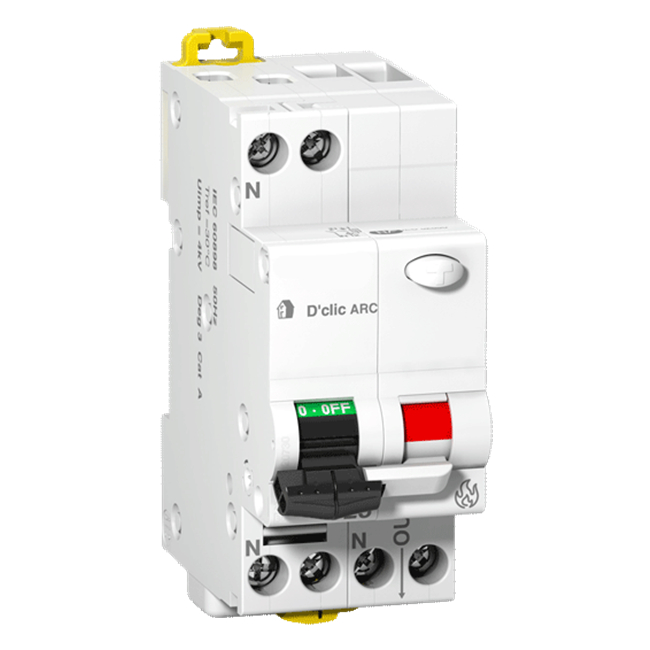 TOP Current Transformer Manufacturer- Since 1998
TOP Current Transformer Manufacturer- Since 1998 TOP Current Transformer Manufacturer- Since 1998
TOP Current Transformer Manufacturer- Since 1998


Arc Fault Detection Device - AFDD
The AFDD provides a full protection solution against electrical ignited fires
The AFDD provides a full protection solution in one device that enhances consumers’
peace of mind against fires ignited by electrical installations, while adding additional comfort.
This all-in-one device gives the consumer full protection in his home and enables the installer
to offer and install products that comply with new codes and standards.
Mostly these devices are intended for residential applications (bedrooms, nurseries), hospitals,
assisted living, nursery schools, where the residents might have difficulties to evacuate,
because they are immobile, sleeping or unaware of a the threat. As well Shopping centres, airports,
train stations such applications, where large groups of people have to be evacuated in case of fire.
It is recommended to use an AFDD as well in buildings where valuable assents need to be protected,
like a museum or a library.
.jpg)
2.jpg)
Conventional circuit breakers do not afford reliable protection against arc faults. That is because they are not designed to detect sudden dangerous arcs. They ensure protection against short circuits and overloads.
And even if you are careful to keep cords out of harm’s way and to use only certified plugs and adapters, arc fault conditions may build up out of sight. In all homes your power use alternates between periods of peak and standby consumption. Such patterns of such puts a strain on cables and connections, wearing out the insulation and loosening wires. As a result, weak points form in your installation. That’s where electrical arcs occur.
And you have no way of knowing. Until it’s too late. Unless, that is, you have an arc fault detection device.
Arc Fault Detection Devices (AFDDs) are devices that protect specifically against arc faults. They automatically trip a circuit when they detect dangerous electric arcs.
They are compact, modular devices that are easily installed in electrical panels along with other protective equipment. Each AFDD is designed to protect an electric, instantly detecting any dangerous arc. You should install AFDDs on the electrical circuits most exposed to risk – e.g. the final circuits that supply socket outlets.
Yes. Arc fault detection devices are extremely sensitive and designed to sense and respond only to potentially dangerous arcs. They use a special algorithm to distinguish between dangerous and working arcs – i.e. the harmless sparks that you see when you flick a switch or pull a plug.
This is important as over-sensitive AFDDs could be prone to nuisance tripping – e.g. interrupting a circuit when it senses the slightest harmless arc.
AFDDs constantly monitor and analyse patterns in electrical current and voltage waveforms. They are on the look-out for the random, non-predictable yet persistent patterns of waveform that denote a potentially dangerous arc.
When it senses a potentially dangerous wave pattern, it trips, thus isolating the faulty circuit. An AFDD can work in conjunction with a “circuit-breaker” or residual-current circuit breaker with overload protection (RCBO). It may also incorporate its own switching function.
AFDDs react very fast to the slightest change in wave patterns. Speed is of the essence as an electrical arc can degrade in a flash (literally), igniting any nearby inflammable material and causing a fire.
They are, but not everywhere. They have long been used in the aviation industry, for example. It is only recently, however, that they have drawn attention as safety equipment in homes and buildings.
Several countries have made arc fault detection devices part of their national installation rules. Two of them are the US and Canada, where AFDDs are known as arc fault circuit interrupters (AFCIs). Devices themselves must comply with AFDD product standards, while installation rules govern their placement and installation.
Please feel free to post your comments and questions on this new technology.
